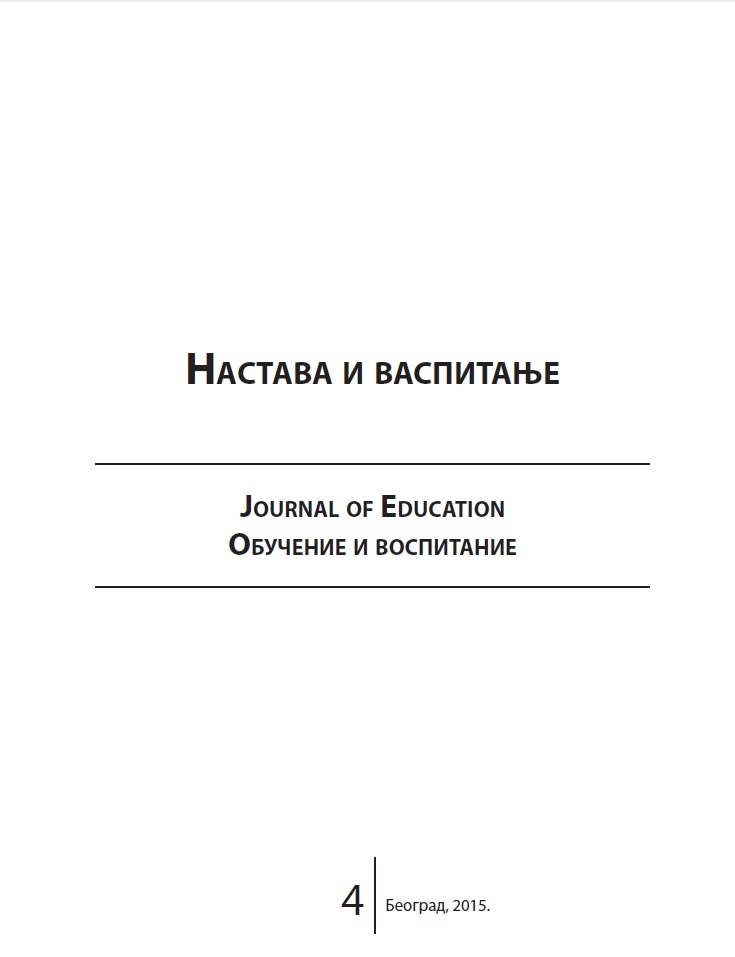КРЕАТИВНОСТ, ИНТЕЛИГЕНЦИЈА И АНКСИОЗНОСТ УЧЕНИКА РАЗЛИЧИТОГ ШКОЛСКОГ УСПЕХА
CREATIVITY, INTELLIGENCE AND ANXIETY OF STUDENTS WITH DIFFERENT ACADEMIC ACHIEVEMENTS
Author(s): Marija Ružić, Snežana Vidanović, Snežana StojiljkovićSubject(s): Education
Published by: Педагошко друштво Србије
Keywords: creativity; intelligence; anxiety; academic achievement; elementary-school students
Summary/Abstract: The research presented in this paper was aimed at establishing whether there is significant difference in the levels of creativity, intelligence and anxiety among the students with excellent, very good and good academic achievements. The sample included 132 elementary - school students of the seventh and eighth grades among which 26 (19.7%) students had good academic scores, 40 (30.3%) very good, while 66 (50%) students were excellent. For measuring the main research variables the following instruments were used: the Different Needs Test (Gilhooly et al., 2007; Đorđević, 2005), as a prototype test of divergent thinking, the Preconscious Activity Scale (Holland & Baird, 1968) as a measure of the disposition to originality, COG 3 Intelligence Test Battery (Wolf i sar., 1992), and Spielberger's (Spielberger et al., 1983) Inventory of Anxiety as a state and a trait, i.e. instantaneous and general anxiety (STAI-S and STAI- T). The results show that excellent students are more creative and have higher levels of not only general intellectual capabilities but also perceptive, verbal and spatial abilities, compared to very good and good students and, at the same time, a lower level of anxiety. There was no difference between the students with different achievements regarding the levels of disposition to originality and general anxiety. The findings are analyzed from the angle of their pedagogic implications.
Journal: Nastava i vaspitanje
- Issue Year: 64/2015
- Issue No: 4
- Page Range: 715-734
- Page Count: 20
- Language: Serbian

